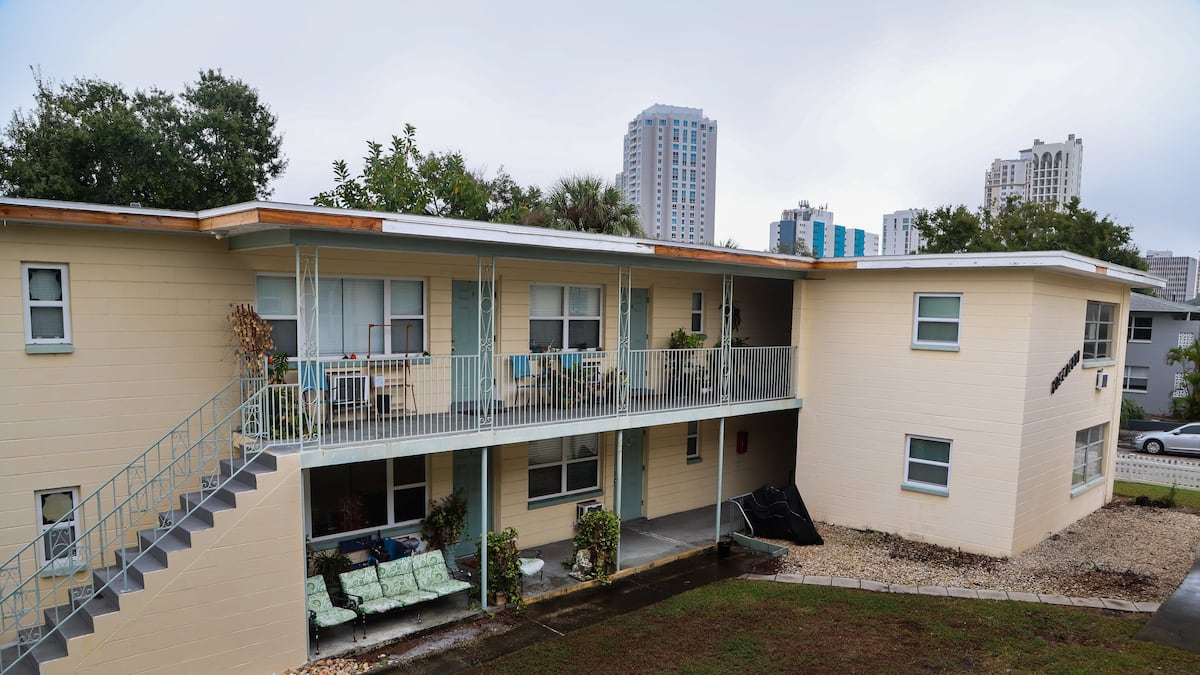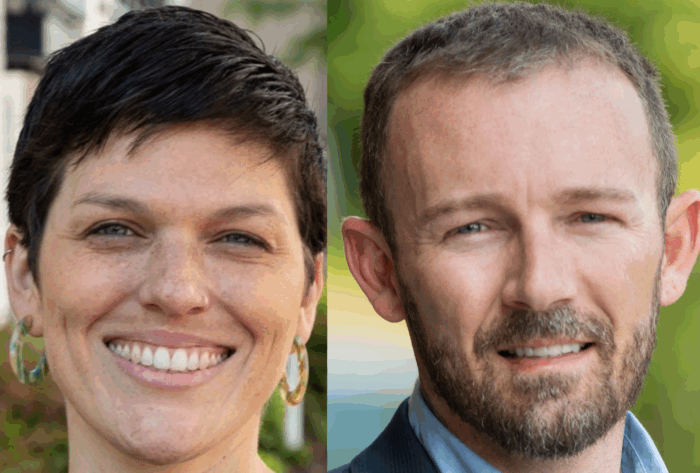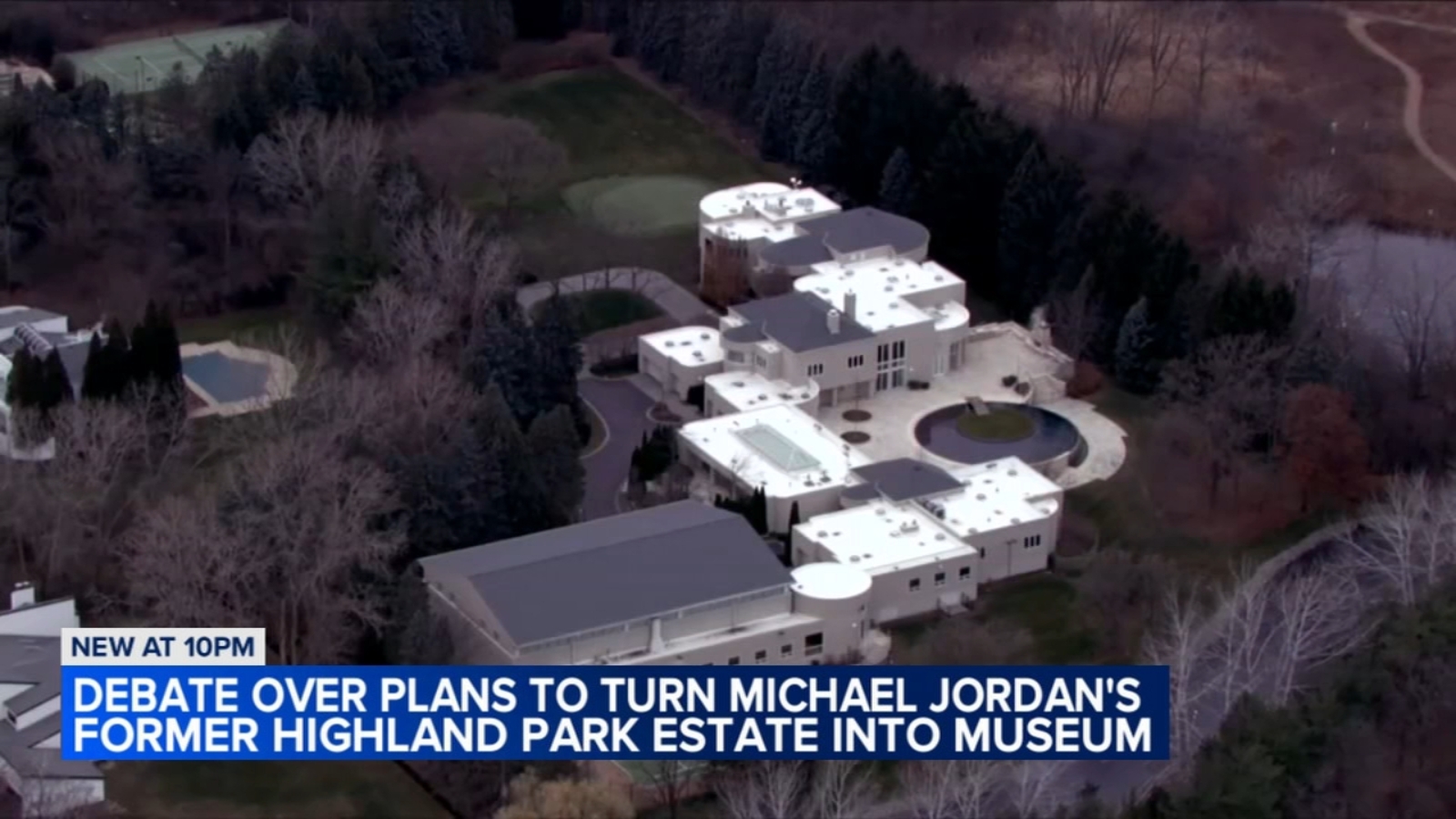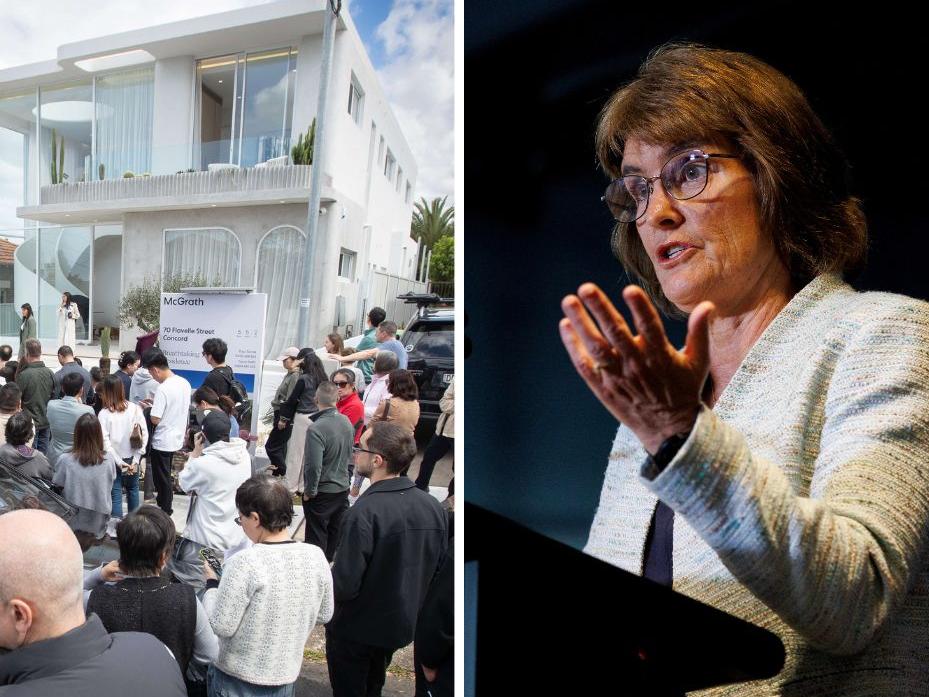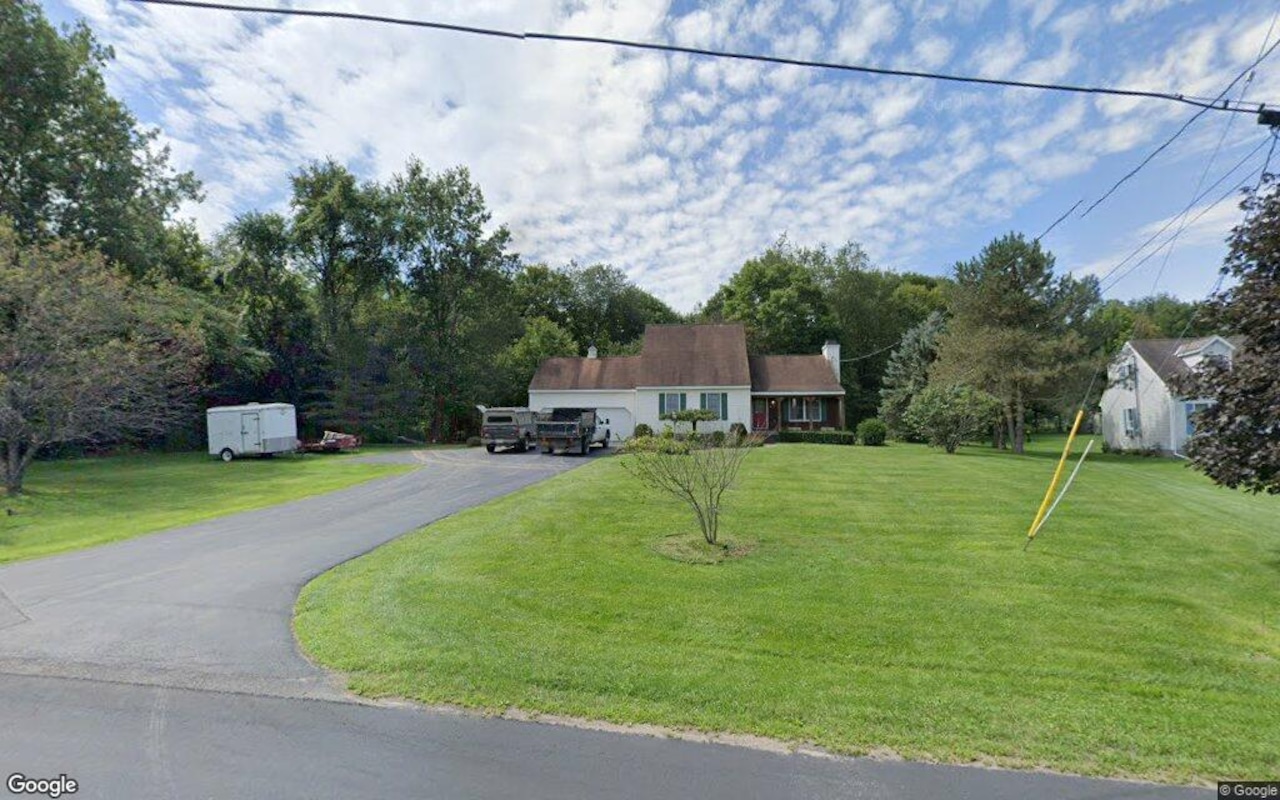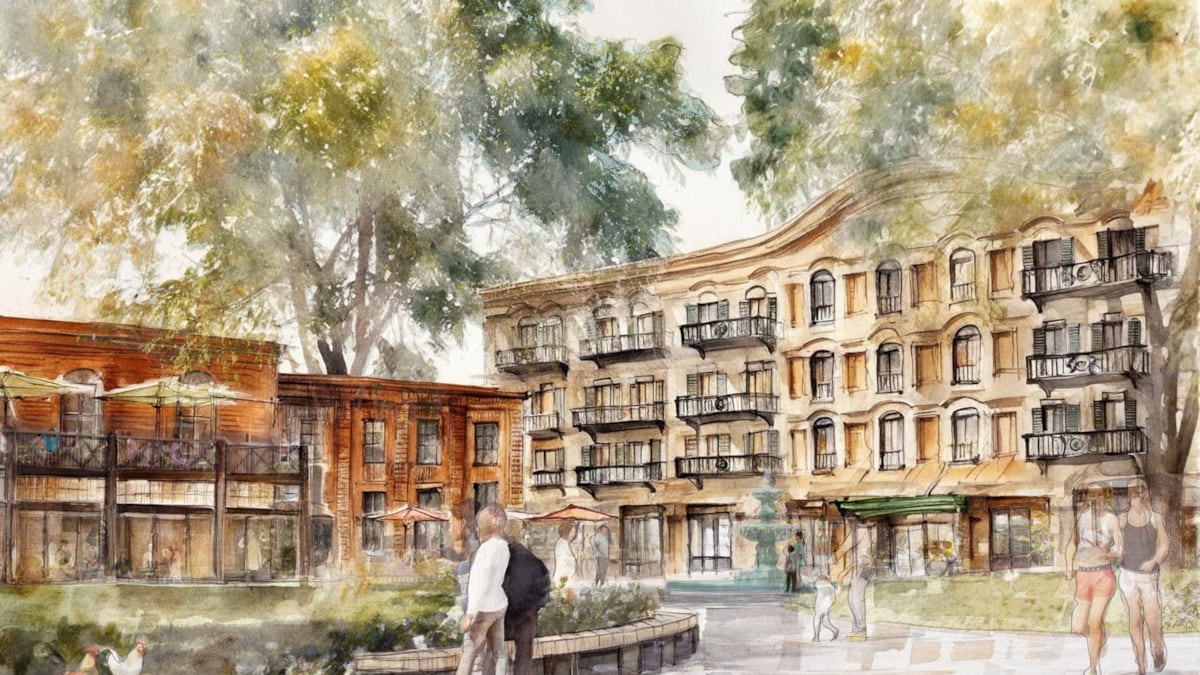H
itchcock emphasizes the importance of community participation in their brokerage's success, citing involvement in civic organizations and town hall meetings. "People saw us doing things, giving back, and always being there," Yandura says. This commitment to the community is key, as it sets them apart from other entrepreneurs who only see investment opportunities.
Reinvigorating a small-town main street isn't easy or fast, Hitchcock notes. "Small-town development is forever a work in progress," he adds. However, their willingness to work with others and prioritize long-term vision has paid off. Yandura highlights the importance of matching people who want to start businesses with those who want to invest, reducing competitiveness and fostering collaboration.
In South Bend, Indiana, Mike Keen is leading the transformation of an aging neighborhood into a thriving community through incremental development. He's doing it one property at a time, focusing on renovations rather than new builds. "Start small and build capacity," Keen advises commercial specialists. By engaging the community and building relationships with stakeholders, Keen has created a vibrant business network called South Bend Town Makers.
Keen emphasizes that incremental development requires patience, persistence, and a mission-based approach. It's not for developers focused solely on short-term gains. "This is a way to build a neighborhood that cares about investment in the community," he says. By starting small and building capacity, Keen has seen significant returns, with an estimated $15.2 million in private investment and $300,000 annually in taxes by 2031.
Charles Marohn, founder of Strong Towns, shares his views on "Main Street America." He believes that customers are missing from many main streets, and that communities need to be designed for people living within walking distance. The real estate industry plays a significant role in unsustainable development patterns, prioritizing short-term gains over long-term community wealth.
To solve this problem, Marohn suggests building more adaptable, smaller buildings that can accommodate multiple uses. Commercial specialists understand the importance of adaptability but often prefer large transactions. However, small projects require more work and dedication, but they offer a chance for long-term resiliency and growth.

